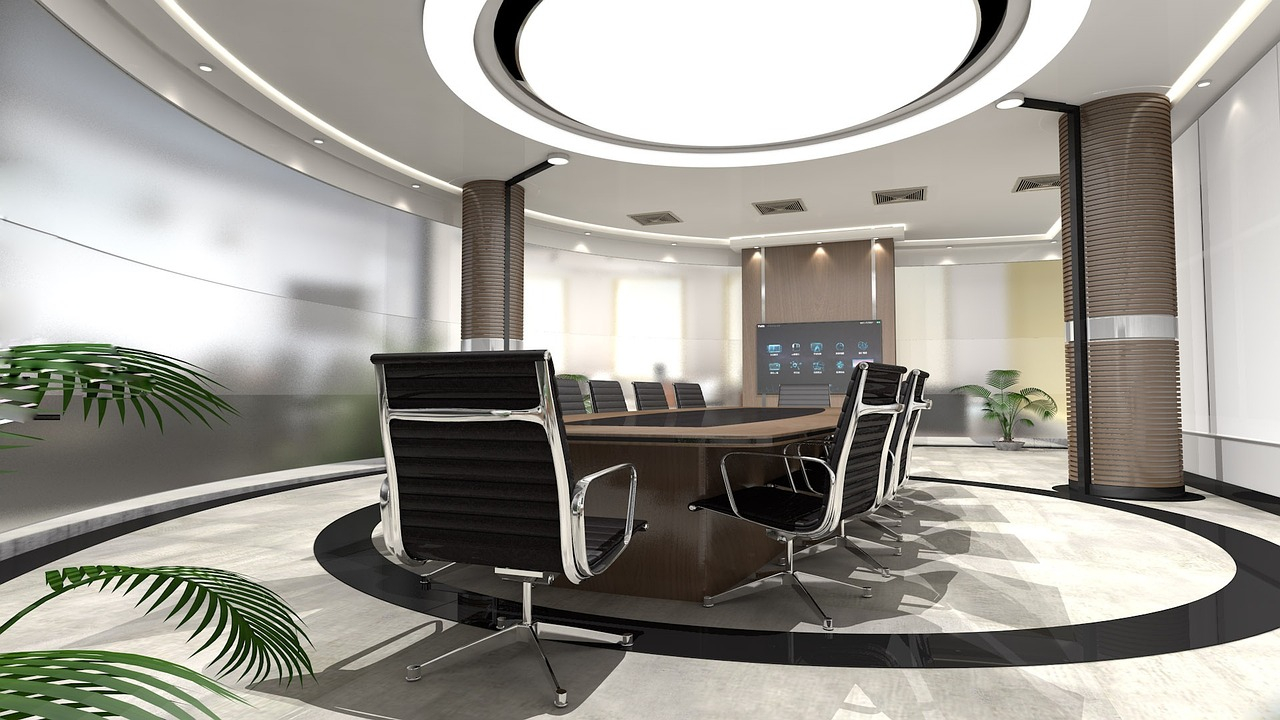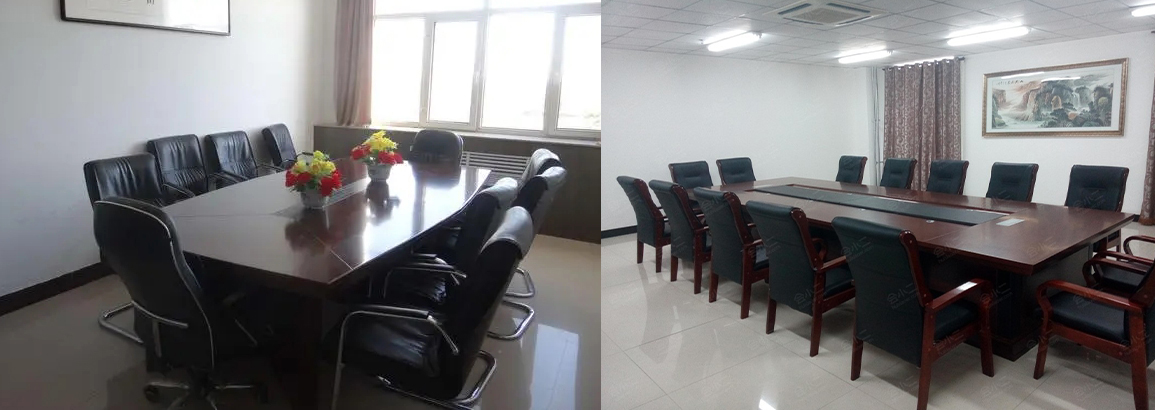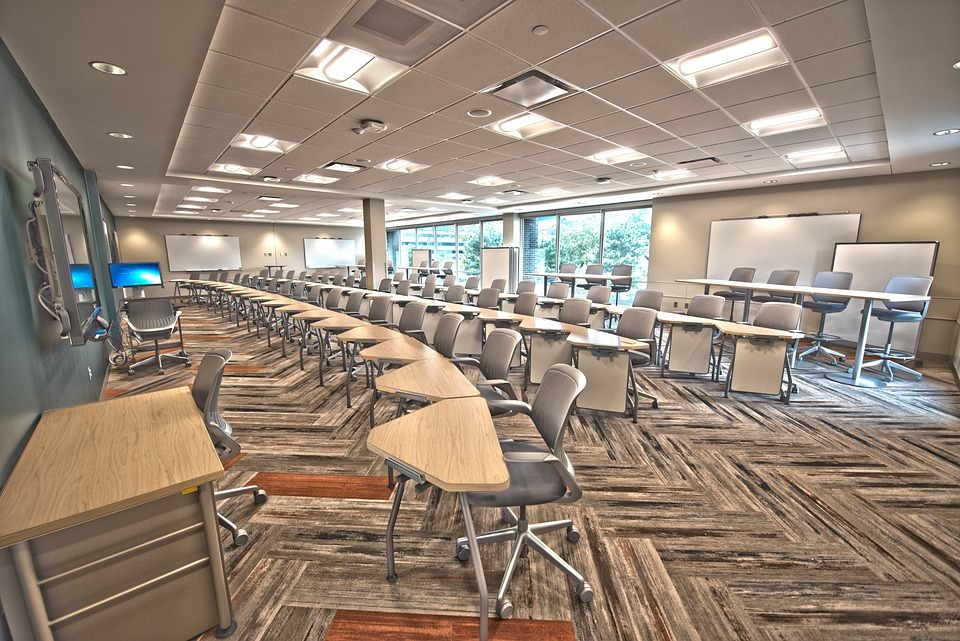
Whether you like it or not, meetings are undoubtedly a scenario every office worker has experienced. As you sit in a conference room listening to your colleagues present on PPTs, have you ever wondered how this very conference room you're in was constructed?
I'm sure a room furnished with a conference table and several chairs comes to mind, and indeed, that was the initial form of a conference room.

In the era of paper-based media, a conference room was simply a place where a few people gathered to discuss a particular matter. Later, to facilitate document archiving and improve efficiency, paper-based meeting materials and manual minutes emerged. By the 1980s, whiteboards, slide projectors, and other equipment began entering conference rooms, followed by computers, projectors, microphones, and more. With each device serving a specific function—display, amplification, transmission, etc.—they came together under a common name: conference system.

The advent of conference systems ushered in a paperless era for conference rooms, replacing notebooks, speeches, and stenography with electronic alternatives. The scope of conference systems gradually expanded, from initially catering to a few dozen people to hundreds, with equipment becoming increasingly digitalized and intelligent.
Today, in an intelligent conference room, you can instantly connect with partners overseas and smoothly conduct cross-border video conferences. You can also quickly access various devices and control everything in the room with a single central control tablet. Smart sign-ins, document sharing, and even device failure and compatibility issues are no longer concerns, all thanks to the conference system and the indispensable IP Distributed KVM technology that integrates these devices.

Although meeting software has made it possible to conduct meetings anytime, anywhere, conference rooms remain irreplaceable. Their role has evolved from simply holding meetings to becoming multifunctional halls that accommodate performances, film screenings, presentations, and training sessions. The need for "one room, multiple uses" has emerged as a new requirement in conference room construction. Looking ahead, as the usage scenarios of conference rooms continue to diversify, KVM-centric audio-visual technologies will undoubtedly explore more solutions, propelling conference rooms towards even greater heights on the path of intelligence.
















